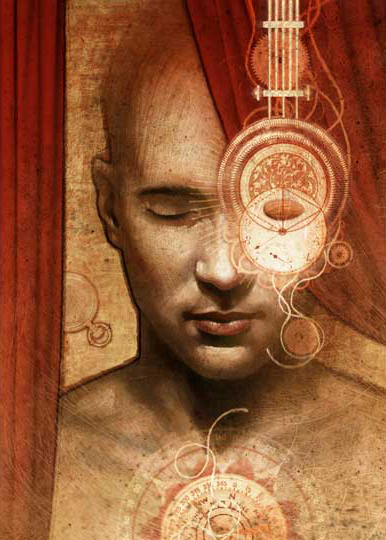Not Not Remembering Jake Adam York

Most poems are written in the space between what Wallace Stevens called the “nothing that is not there and the nothing that is,” issued from silence and seeking the resonance and depth of silence. Like Elijah, poets stand on mountaintops and witness fires, earthquakes, and storms, all while waiting for a word from the Divine. Jake Adam York’s poetry inhabited such space—we might call it the via double-negative—with the highest ethical and aesthetic integrity. His were poems of salvage and reclamation, excavating from the grime of history moments of “terrible beauty.” What Yeats described as being born on Easter 1916 was born, and continues to be born, in the racial discord of the United States. York cast his gaze on the martyrs of the U.S. civil rights movement, a gaze so piercing and tender, so exacting and lyrical, that readers of his work will be at once horrified by the brutality, cruelty, and terror he describes, and amazed at the grace with which he describes it.
Asked once at a book festival about favorite rhetorical devices, York responded without hesitation: litotes, the double negative that renders a positive. There’s a certain sly charm in calling someone, instead of pretty, not unattractive, or, instead of brilliant, not unintelligent. Litotes requires the mind to be more nimble than plain syntax, and there were few minds in contemporary poetry more nimble, more broad in their range of reference than York’s. By way of illustration, he then read his devastating, captivating poem “Substantiation,” about the murder of Emmett Till and the investigation and trial that followed. Here’s part of one section:
. . . Reed remembers saying no,
he didn’t hear anything, anything. Remembers not hearing
the beating and the crying in the shed behind Milam’s.
Remembers not thinking, they beatin’ someone up there.
Remembers not passing the shed, not hearing the beating.
Remembers not remembering Milam not coming out,
not asking if he’d heard. Remembers not
not remembering on the stand, not not whispering
the court reporter not not recording his not
not remembered memory. Not not getting on the train.
Not hearing anything, anything. Such quiet now.
As he read people were shaking their heads, equally astonished by the crime and its deniers (we are still denying that the murder of young black men is a crime) as by the extraordinary rhythmic energy of York’s voice. In churches as well as in music clubs, when a preacher or a horn player gets going on a forceful line, the listener can only respond in wonder: how’d he do that? York was able to disrupt the quiet of history and forgetting/denying, to penetrate the space between the “nothing that is not there and the nothing that is.” With incredible dedication and humility, he enlarged the role of poet to encompass qualities of investigative journalist and prophetic witness. Yet his poems are powerful not simply because of their subjects, but because of the love that suffused each line: love of language, love of rhythm and music, love of place, love of human culture.
When York died suddenly of a stroke at age 40 in December 2012, American poetry lost one of its most promising and powerful voices. I was unable to attend his funeral, but I have not not thought of him on most of the days since his death, whether I was teaching his work to college students or wondering what he would make of the current election cycle. The body of work he left behind is substantial (he was as deft with love poems, food poems, family poems as he was great elegies), but there will always be a poignant wish for more poems, poems to reckon with the deaths of Eric Garner and Michael Brown, Tamir Rice and Sandra Bland, poems of middle and old age, versatile and voluptuous poems. In place of those poems we have “such quiet now,” but in the quiet we can turn to A Murmuration of Starlings and Persons Unknown and Abide for illumination and instruction. As we look for York under our boot-soles, we find, as he writes in “City of Grace,” “There is nowhere else to stand.”
Recommended
Mercy
Eclipsing
Psychic Numbing






